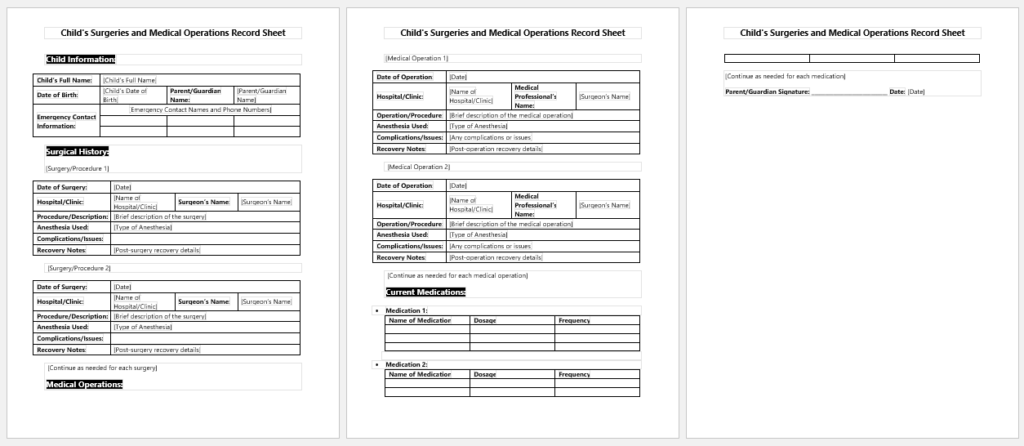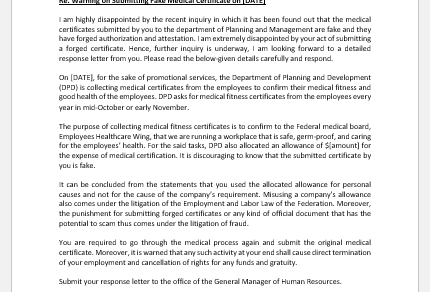Surgeries in children are quite common. Little angels, who are supposed to laugh and enjoy their childhood every second, sometimes have to undergo major surgeries in their lives. There are several reasons why a small baby needs to get surgery to help him recover from his illness.
Some kids suffer from congenital diseases, which make them lie on the operating table and fight for life. Sometimes children suffer severe injuries or road traffic accidents, which make it necessary for the child to get surgery, which ensures his mobility and a normal life later on. There are cleft palates, cleft lips, and congenital hernias that make surgery imminent for kids.
Most common surgical procedures in children
Some procedures for kids are quite common and are done routinely. Some procedures are major surgeries but are documented as the most common surgical procedures done on children. We will enlist some of these very common surgeries on kids.
Congenital hernia
Congenital hernias are very common in children. Inguinal and femoral hernias also occur, with inguinal being the more common type of hernia. Similarly, congenital diaphragmatic hernia is also very common. Surgery for congenital inguinal hernia is one of the most common types.
Appendectomy
Acute appendicitis is one of the most common indications of surgery in children aged 10–15 years. Appendectomy is one of the most common surgical procedures around the world for almost all age groups.
Biliary atresia
Biliary atresia is also a congenital disease in which the biliary tract is congenitally occluded in newborns. It is most commonly associated with gene deletions on chromosome 22. In biliary atresia, newborns present with non-specific features and jaundice.
Progressive cholestasis occurs, leading to yellowing of the skin, sclera, and itching on the body. Biliary atresia can be diagnostic intra-uterine and is most commonly suspected in the case of polyhydramnios in mothers. Management of atresia is possible through surgery.
Hirschsprung’s disease
This is another congenital disorder in children in which a portion of the large intestine is improperly innervated. It presents as constipation, vomiting, and sometimes diarrhea. Megacolon is one of the most common complications of the disease. Surgery of the megacolon is possible, in which the defected portion of the intestine is resected and fresh ends are joined and innervated.
Anal atresia
Imperforate anus or anal atresia is found frequently in neonates. Due to in-utero developmental defects in the fetus, the anus of the fetus is unable to form. This results in either a completely closed anal aperture or an obliterated anus. Anal atresia, or imperforate anus, is treated by surgery, in which a colostomy has to be done before surgery to make a passage for neonatal fecal matter.
Child operations record
It is very good to keep a record of the children’s surgeries. It helps to assess the general condition of the child, and we can use the information for future reference. Child surgery records are usually maintained in the hospital as well. Parents are also encouraged to keep a record using the child operations record form at home.
- Diabetes Travel Letter
- Persmission Letter for Eatables in Office due to Diabetes
- Diabetes Letter to Employer
- Trackers for Medical Facilities
- Nursing Documentation Templates
- Letters for being Unfit to Travel
- Mental Health Evaluation Forms
- Forms Used by Pediatricians
- Various Forms Related to Pregnancy Verification
- Common Forms Used by ENT Specialists
- Patient Registration Confirmation Messages
- Quotation Letter for Medical Services
- Mental Health Letter by Doctor
- Excuse Letter for Absence due to Medical Checkup
- Response Letter to Feedback on Improvement in Hospital



